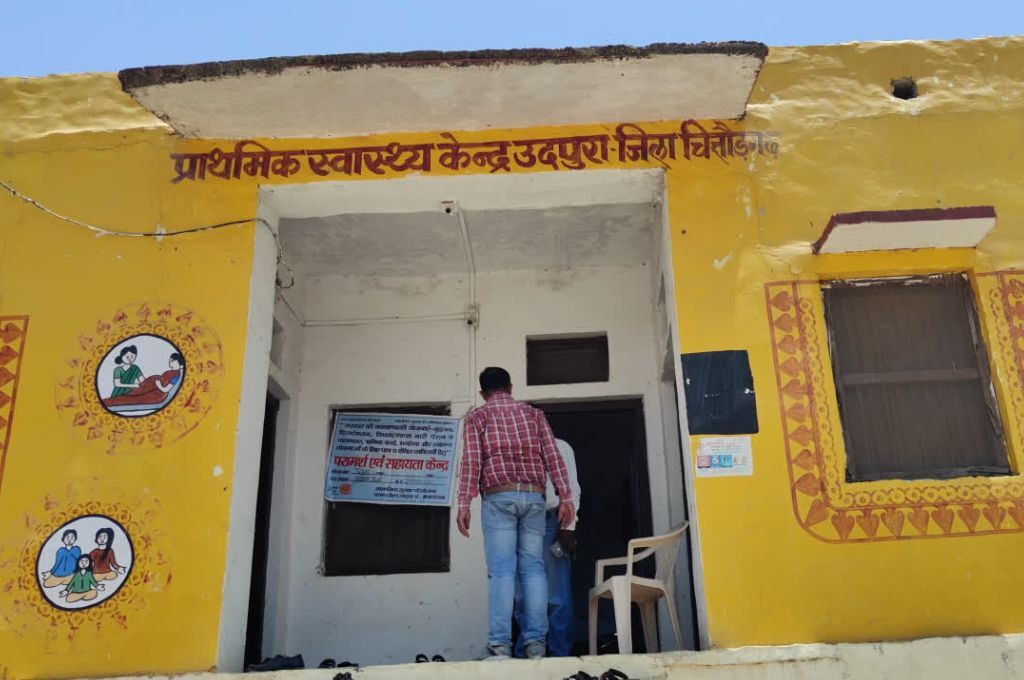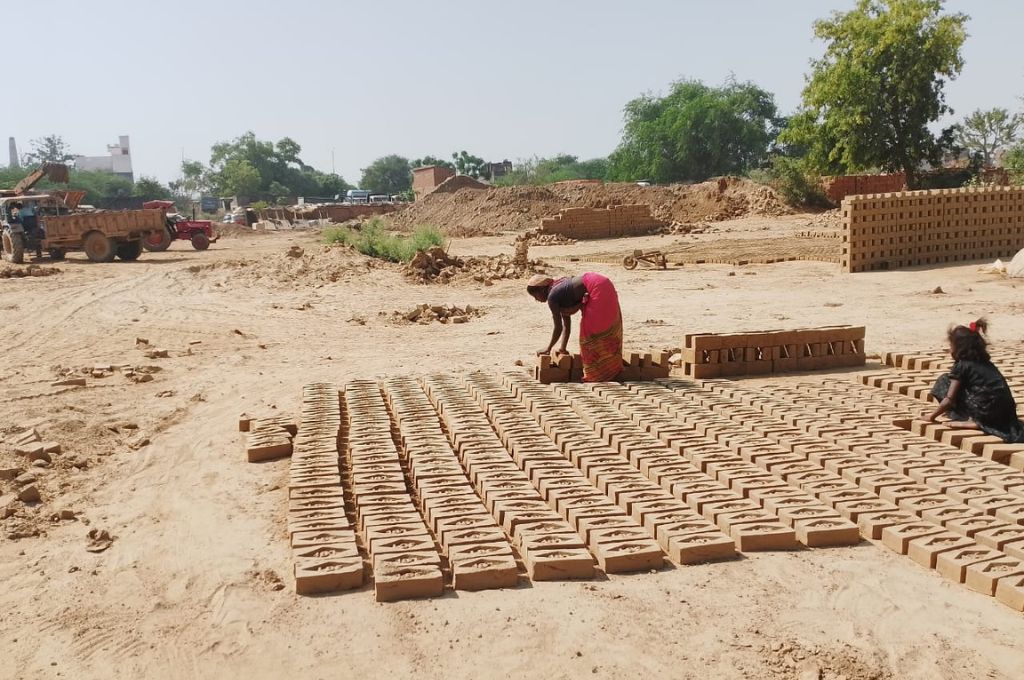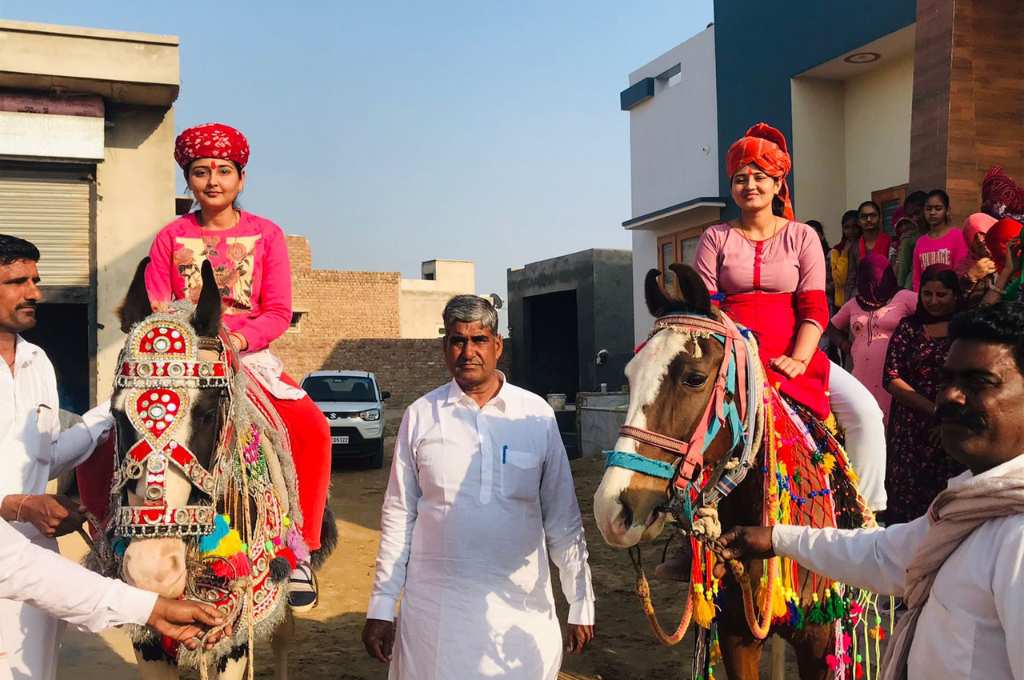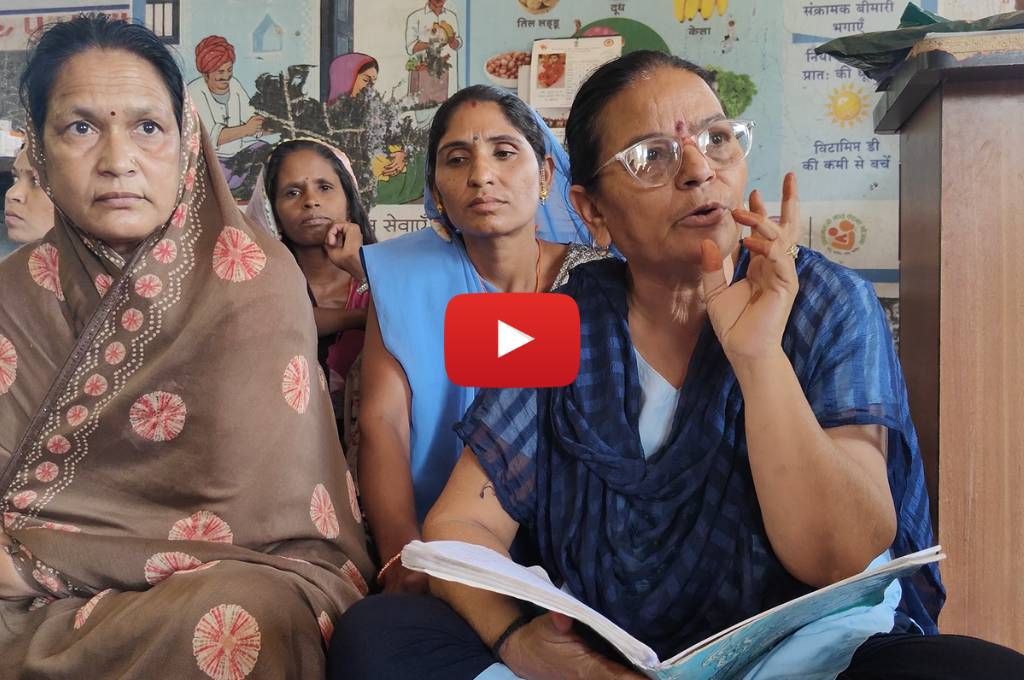READ THIS ARTICLE IN
Monkey business: The unforeseen consequences of Majuli’s erosion
Located on the river Brahmaputra, Majuli—spread over 1,250 square kilometres before the 1950s—has shrunk to 483 square kilometres. Once known as the world’s largest river island, the region’s soil has been eroding regularly due to floods in the river, and this has had severe ramifications on the sustenance of its inhabitants. “I have witnessed [approximately] 500 metres erode within a year,” says Keisham Baldev Singh, a SeSTA executive working in Majuli. “We had a picnic last year at a place in Sri Luhit panchayat. This year that spot has disappeared.”
While the government has installed geobags and erected triangular concrete structures called porcupines along the river bed to contain the erosion, the efficacy of these solutions is limited. Many villages have collapsed and their residents have been displaced as a result of the erosion. The reduced space has also led to inland movement of certain animals, resulting in conflict with local farmers.
The flooding has affected the availability of cultivable land and the natural habitat of the region’s wildlife. For instance, monkeys were once a rare sight in Majuli, but they have moved further inland over the years and have begun to threaten the farmers’ crops. There aren’t any fruit plantations or dense forests around Majuli where the monkeys can live and feed themselves. So, they eat the farmers’ crops and often uproot larger crops that they don’t consume. In order to sustain their livelihood, the farmers are left with no other solution but to constantly chase them away.
The limited availability of cropland has compelled many farmers to focus on livestock instead. Sapna Ghosh, a poultry farmer from Beloguri village, notes that rearing livestock brings its own set of challenges. Her poultry has dwindled significantly due to constant attacks by wild cats that have moved further inland. She has thus built shelters for her poultry and set up cages to try and capture these elusive predators that negate her labour. Sapna says, “What can I do? I had set up cages and caught three wild cats. But we haven’t been able to catch any in the past couple of days. They just don’t enter the cages.”
The occupancy of land seems to be the motivating factor behind the dispute between humans and animals. The island’s rapid erosion is raising urgent questions about ownership and survival among its inhabitants.
As told to IDR.
Keisham Baldev Singh is a SeSTA executive based in Majuli, Assam. Sapna Ghosh is a poultry farmer in Majuli, Assam.
—
Know more: Read this article to learn how deforestation is leading to human–animal conflict in Kashmir.
Do more: Connect with the author at [email protected] to learn more about and support his work.



